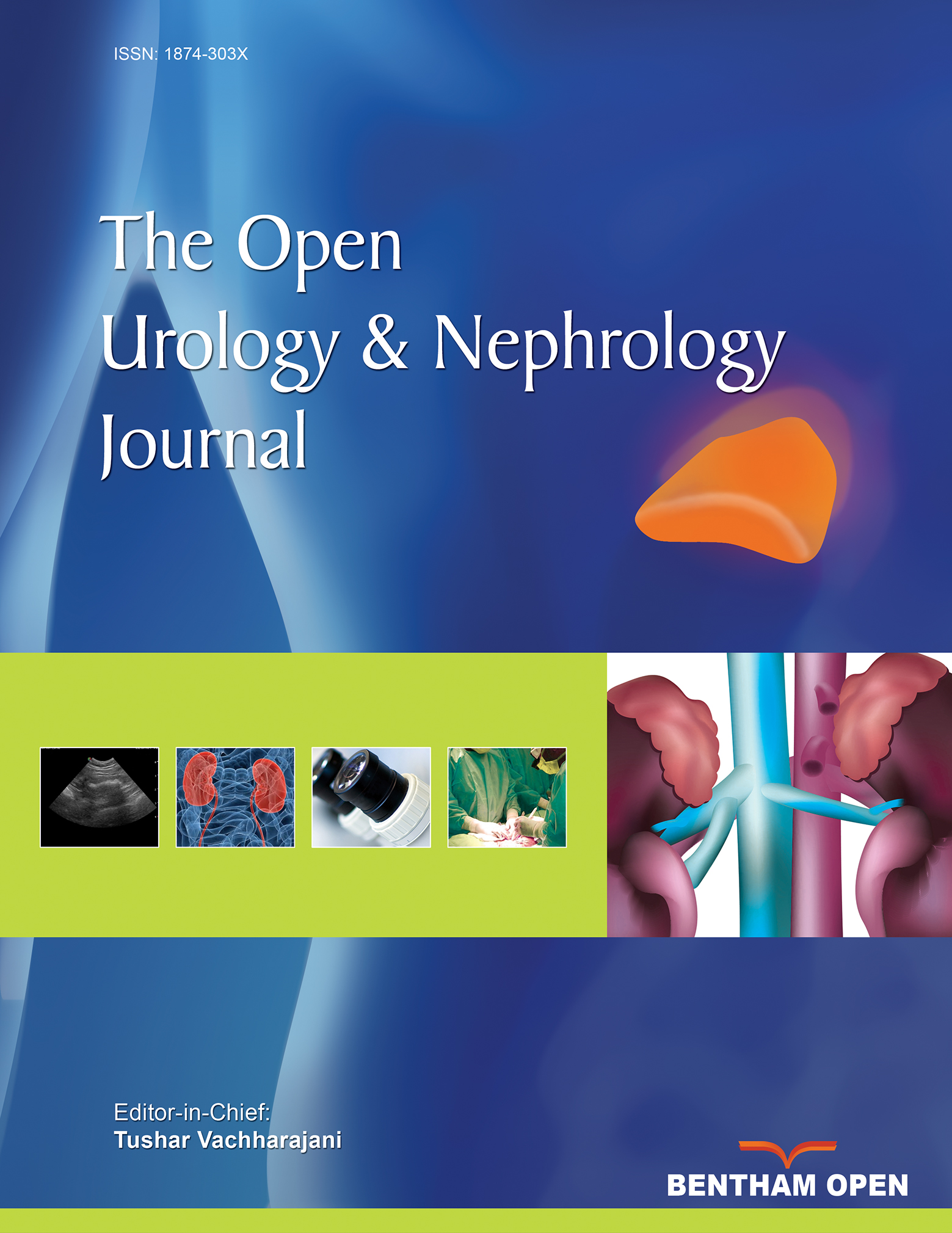All published articles of this journal are available on ScienceDirect.
Evaluation of an At-Home-Use Prostate Massage Device for Men with Lower Urinary Tract Symptoms
Abstract
Introduction:
Treatment of lower urinary tract symptoms (LUTS) in men due to benign prostatic hyperplasia (BPH) or chronic prostatitis/chronic pelvic pain syndrome (CP/CPPS) are difficult for both the patient and the clinician. In office prostatic massage has been documented to provide symptom relief but use of at-home massage has not been determined. We performed a retrospective analysis of data from men utilizing an at-home-use prostate device to examine disease, treatment characteristics, and symptom relief in order to ascertain whether evidence exists to perform a clinical trial.
Methods:
Data on 154 consecutive men was reviewed and subjects evaluated in two Groups, BPH w/ LUTS (Group 1) and CP/CPPS w/ LUTS (Group 2). All subjects completed the National Institutes of Health, Chronic Prostatitis Symptom Index (CPSI) at baseline and follow-up. Demographics, scores on the CPSI, duration of device use, self-reported symptom assessment, and comments were analyzed.
Results:
Of 154 men, 115 were analyzed. Of the 115, 90 (78.3%) were in Group 1 (BPH w/LUTS) and 25 (21.7%) were in Group 2 (CP/CPPS w/LUTS). The average age was 64.48 years 10.86 (average SD) vs 46.68 12.5 (Group 1 - 2, respectively). In Group 1 total CPSI score from baseline to follow-up were (11.61 7.07 (mean SD) - 6.63 5.20, p = 0.0001). In Group 2 total scores from baseline to follow-up were (16.67 7.0 vs 11.48 5.84 (5.20, p = 0.0127). Other self-reported comments included 16/115 (13.9%) of subjects unsure about proper use/application and 10/115 (8.6%) reporting rectal soreness.
Conclusions:
The preliminary findings suggest that a clinical trial of a novel at-home-use prostatic massage device is warranted.


